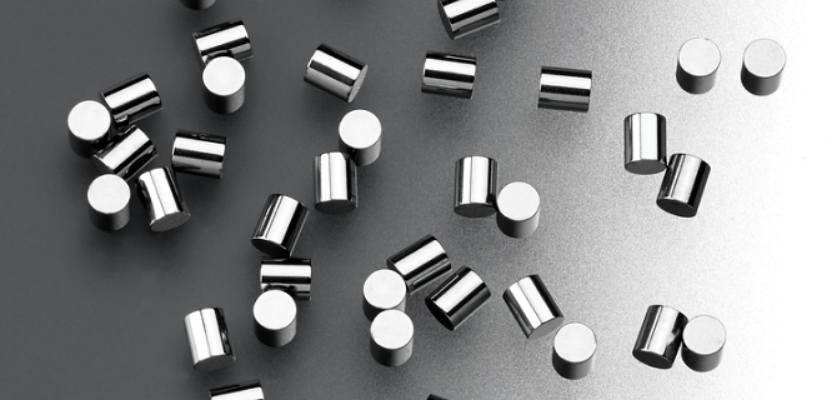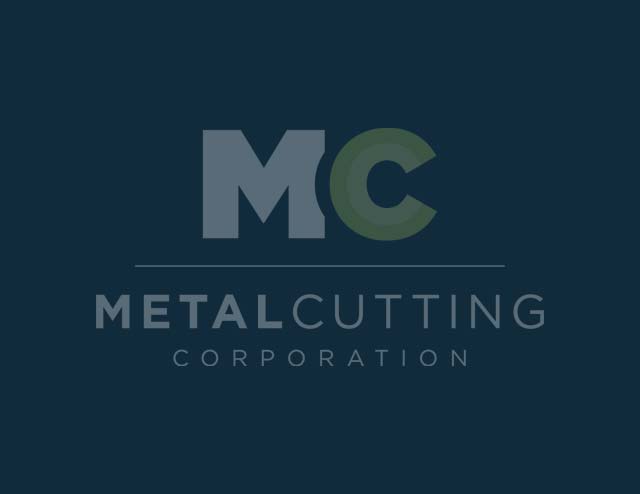Some Considerations for Custom Metal Polishing
Long before 3D printing arrived on the scene, Metal Cutting Corporation established ourselves as experts in the production of small metal parts by not only providing the precision cutting, grinding, lapping, and machining that customers need, but also solving some very challenging problems in mechanical metal polishing.
For example, we figured out a way to meet a customer’s need for polishing large batches of medical device components to a finish of Ra 2 microinches (0.05 μm) over the length of a long pin made from a very soft metal with a tendency to easily scratch itself. When a customer approached us for spool-to-spool mechanical metal polishing to Ra 1 (0.025 μm), we achieved a progressive system that conveyed ever-smaller powder size via the media to polish the wire. The process we developed enabled us to pay off from one spool and apply, polish, and rinse the wire before it was taken up back on a spool. And when a customer needed us to cut 40 million little parts to a +/- 0.002″ (0.0508 mm) length tolerance and then polish them to Ra 0.30 (0.0076 μm), we came up with a solution that was precise and cost-effective.
Growth of 3D Printed Parts
Today, with 3D printing growing in popularity and used for more part applications, we find more customers coming to us for custom metal polishing services, with requirements that pose unique challenges. For instance, polishing of metal parts can be achieved relatively quickly in cases where a certain area must be polished but it is acceptable to polish the entirety of the part. However, it is often the case with 3D designed and printed parts that only certain areas of each part should be polished — a goal that is more difficult to achieve than polishing the whole part and involves additional expense, because the task requires masking off the areas of the part that absolutely should NOT be polished.
So, the challenge is to easily and cost-effectively mask off certain areas and keep other areas subject to the metal polishing process — a task we performed perfectly for a project involving a large nozzle, half of which we masked off and the other half, we polished.
Time x Media x Action
Metal polishing is a function of the amount of time a part is in the process, whether it is vibratory or centrifugal; the type of media used; and the type of action performed on the part during the process. What we’ve found is metal polishing is a lot more art than science. For instance, even though parts usually have equal density, their printed configuration changes the “center of gravity” and will behave in non-random ways, such that we may find some areas become less or more polished than others, due to the nature of the action. Deciding what has to change in order to achieve the results the customer wants can be tricky. That’s why we often offer to do introductory parts, to test how far we can take the metal polishing process and discover the best way to achieve the desired results.
Common 3D Polishing Challenges
There are some things we can say for certain about the challenges of metal polishing and 3D printed parts:
- The larger a part is, the more difficult it is to polish.
- The less uniform the part is, the more difficult it is to polish.
- The smaller the number of large parts, the less room there is for experimentation.
With the project in which we polished millions and million of parts (mentioned above), we were working with large quantities of very small and uniform parts, allowing us to rely on very robust sample sizes to know we had achieved the correct process “recipe” to reliably achieve, with a statistically very high degree of confidence, the high finish that the customer required. But when a customer came to us for custom metal polishing of large 3D printed condyles for artificial knee joints, we perfected the process doing lot after lot, changing the media, machines, and the amount of time to polish the whole part. The good news is, ultimately we were able to achieve a surface finish that was so good, it surprised the customer — they didn’t think it could be done!
Sometimes we have the opposite challenge, where the customer wants parts with a dull finish — such as parts for use in operating theaters, where reflective light is an issue — rather than parts with a highly polished surface, whether for aesthetic reasons or to reduce friction. In this case, our task is to “rough up” parts to make them less reflective and smooth.
Before You 3D Print, Consider . . .
Customers generally come to us for metal polishing services after their part has already been made and they need additional mass finishing to complete the project. But if asked to make some recommendations about choosing 3D printing vs. other methods, we would advise engineers and designers to think about their parts’ surface finish requirements before committing to 3D as their manufacturing method. While 3D printing can work well as an alternative to making a mold or other investments, the difficulty of polishing the part — and ultimately, the added cost — should also be a consideration.
For instance, if you know you need to have a highly smooth and consistent finish and want to use mechanical metal polishing, you might try to avoid designing a part with the intricate webbing or deep cavity features that are achievable with 3D printing; the surface of those areas may not be consistent in smoothness with flat areas of the part, even with additional surface finishing treatments. As we mentioned earlier, also consider whether one surface area needs to be rough but other areas must be polished. Or, in another example, if you need a smooth surface finish but also have sharp corners, keep in mind that prolonged immersion in media will give you the smooth finish you want — but it may also soften the corners. Therefore, if the corners are critical to your design, you may need to compensate by including the added step of masking or choosing to loosen your corner tolerances.
Whatever challenges your project may involve — whether you are considering 3D printing, have completed parts that require custom metal polishing, or want to explore all your options before you start making your parts — you can come to Metal Cutting for advice, assistance, and a quote. That’s what we’re here for, after all!
In the meantime, for tips on how to create the best specifications for your small metal parts, download our free guide, How to Fine-Tune Your Quote Request to Your Maximum Advantage: Frequently Asked Questions in Small Parts Sourcing.






